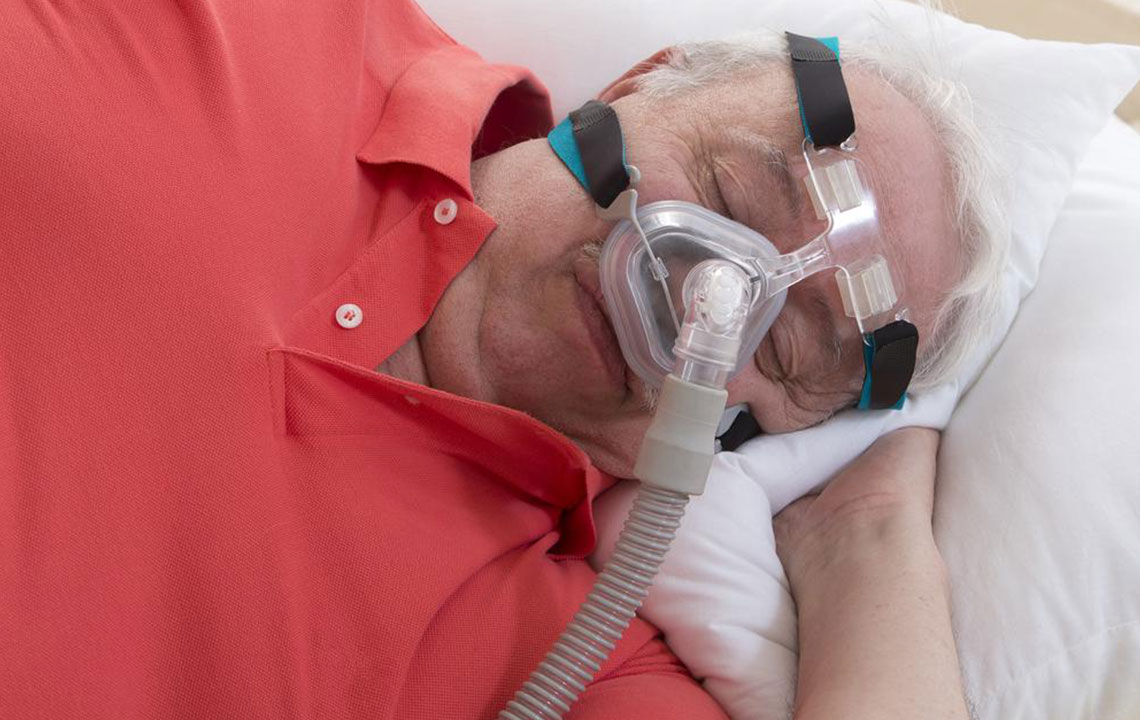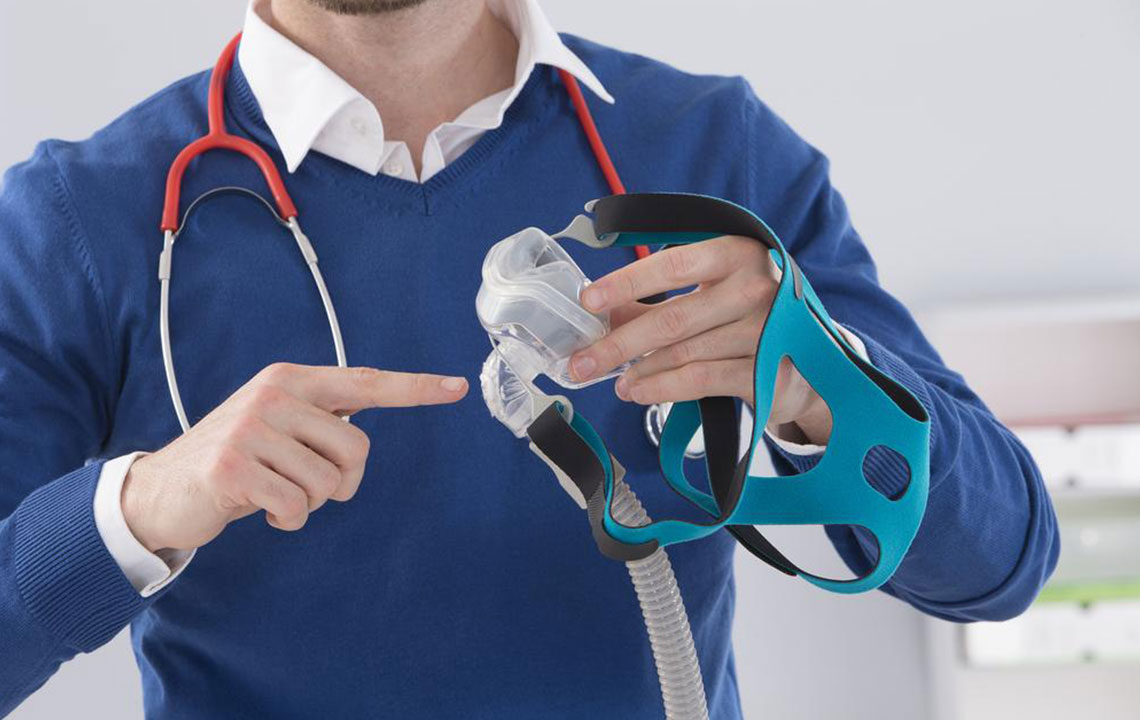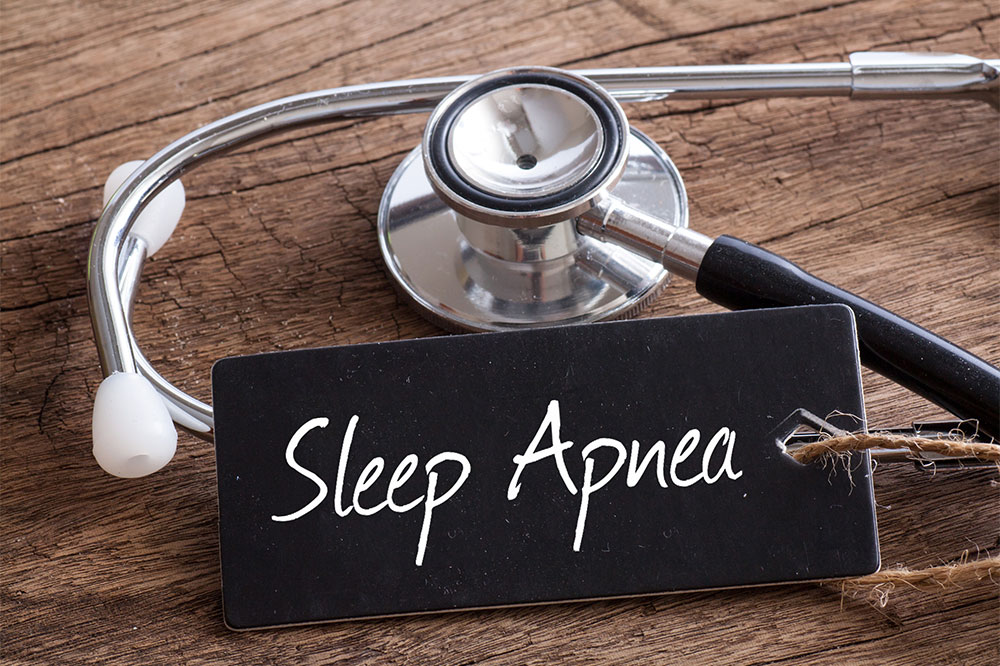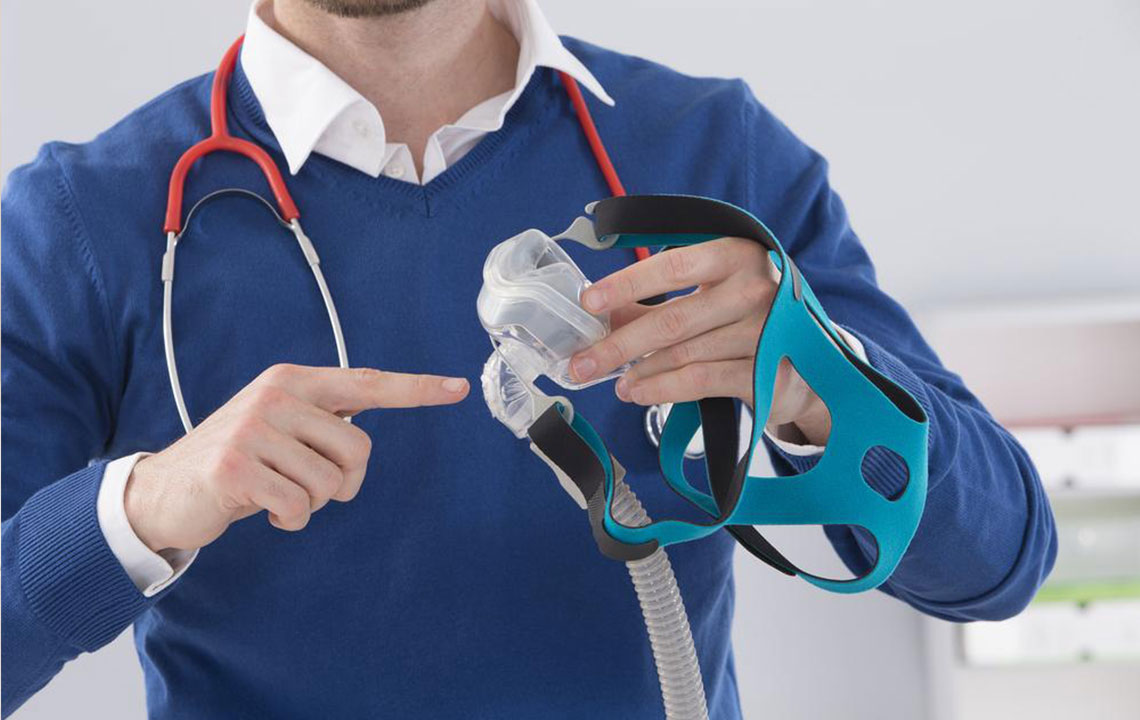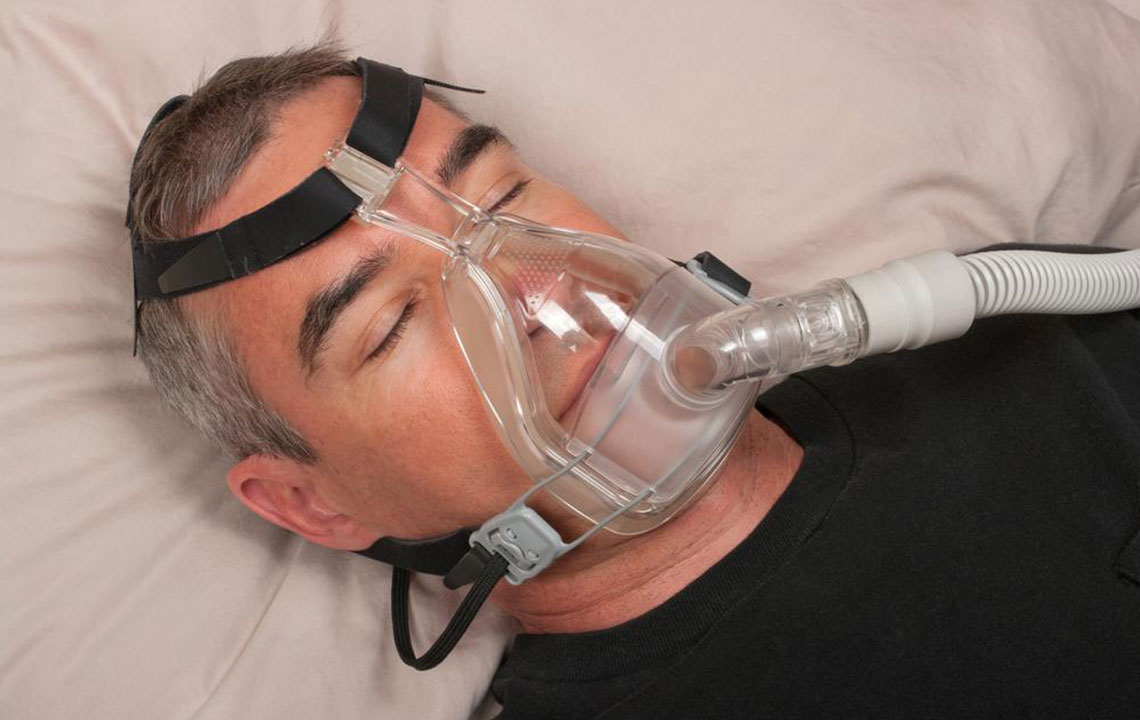Cutting-Edge Oral Devices for Effective Sleep Apnea Management
Discover innovative oral devices that effectively manage sleep apnea. From mandibular advancement to customized appliances, learn how these non-invasive solutions improve airflow, reduce snoring, and enhance sleep quality. Expert insights on choosing the right device and maximizing treatment success to promote better health and restful nights.
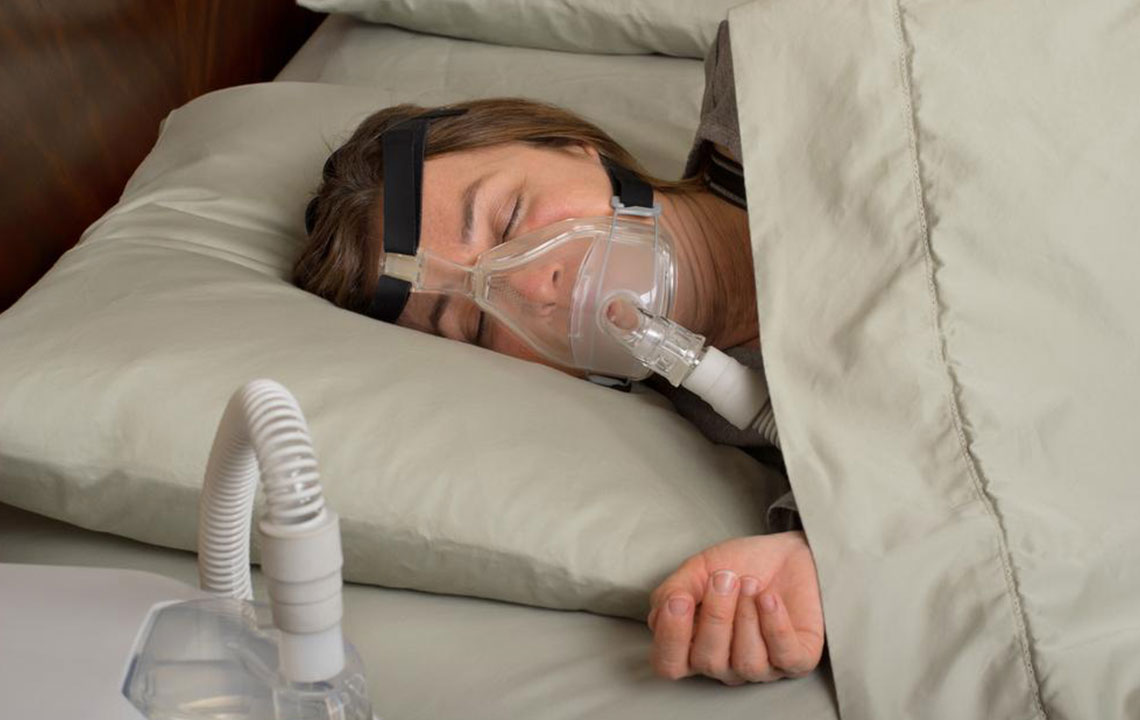
Cutting-Edge Oral Devices for Effective Sleep Apnea Management
Sleep apnea is a common sleep disorder that significantly impacts breathing during sleep, resulting in irregular and often obstructed airflow that deprives the brain and body of sufficient oxygen. This condition not only disrupts restful sleep but also increases the risk of developing severe health problems such as hypertension, stroke, and cardiovascular disease if left untreated.
Fortunately, a variety of non-invasive treatment options are available, with oral appliances emerging as a preferred choice for many patients. These devices are designed to keep the airway open during sleep by repositioning key structures like the jaw and tongue. While they don’t outright cure sleep apnea, they are highly effective in managing symptoms and improving quality of sleep when used correctly.
Oral therapy devices are simple to use and resemble orthodontic retainers or mouthguards but are specifically tailored to help prevent airway collapse. Their advantages include portability, ease of use, and a non-invasive nature, making them suitable for individuals who are unable or unwilling to undergo surgical procedures. Whether you’re at home or traveling, these devices offer a convenient way to control sleep apnea without the need for bulky equipment or complex setups.
Mandibular Advancement Devices (MAD): These are the most prevalent oral appliance used for sleep apnea. MADs function by gently moving the lower jaw forward, which helps maintain an open airway during sleep. They are highly effective in reducing snoring and mitigating obstructive apnea events, ensuring consistent airflow and better sleep quality.
Tongue Retaining Devices (TRD): Unlike MADs, TRDs hold the tongue in a forward position without altering jaw alignment. They are particularly beneficial for individuals who prefer a less invasive approach or have issues with jaw discomfort. Although they may take some time to get used to, many find TRDs to be comfortable and effective, especially in mild cases.
Combination Therapy with CPAP and Oral Devices: For severe sleep apnea cases, combining oral appliances with continuous positive airway pressure (CPAP) therapy can enhance overall treatment effectiveness. Using a custom device alongside a CPAP machine can allow for lower pressure settings, making therapy more comfortable and tolerable for patients.
Boil and Bite Appliances: These are affordable, customizable mouthguards made from soft thermoplastic material. Created by heating and biting into them, they mold to your teeth to provide a snug fit. While easy to fabricate and cost-effective, they tend to be less durable than lab-fabricated options and might exert uneven pressure on some teeth, requiring careful adjustment by dental professionals.
Lab-Fabricated Devices: Designed by dental specialists using detailed impressions of your teeth, these tailor-made appliances offer superior comfort and fit. Although they come at a higher cost, their precise customization makes them ideal for long-term management of sleep apnea, enhancing compliance and effectiveness.
The key to success with oral appliances lies in proper fitting and consistent use. An experienced sleep dentist can customize these devices to ensure they support the correct positioning of the jaw or tongue and reduce airway obstruction effectively. While continuous positive airway pressure (CPAP) therapy remains the gold standard for severe cases, many individuals with mild to moderate sleep apnea prefer oral devices due to their convenience, portability, and comfort.
Scientific studies have demonstrated that oral appliances successfully reduce snoring severity in approximately 90% of cases and significantly improve sleep quality for about 70% of moderate sleep apnea sufferers. Achieving optimal results often requires ongoing follow-up by dental or sleep medicine professionals, as device adjustments and patient compliance are crucial for long-lasting benefits.
Using an oral appliance involves weeks or even months of therapy, during which the device stabilizes and repositions the jaw and tongue to maintain an open airway throughout sleep. In some cases, combining appliance therapy with other treatments, including lifestyle modifications or surgical options, may provide additional benefits based on individual physiology and the severity of sleep apnea.
In conclusion, advances in oral device technology provide a non-invasive, effective, and convenient solution for managing sleep apnea. Whether you're dealing with mild or moderate cases, consulting with a qualified sleep specialist or dentist can help determine the best device tailored specifically to your needs, leading to improved sleep, better health outcomes, and an enhanced quality of life.
